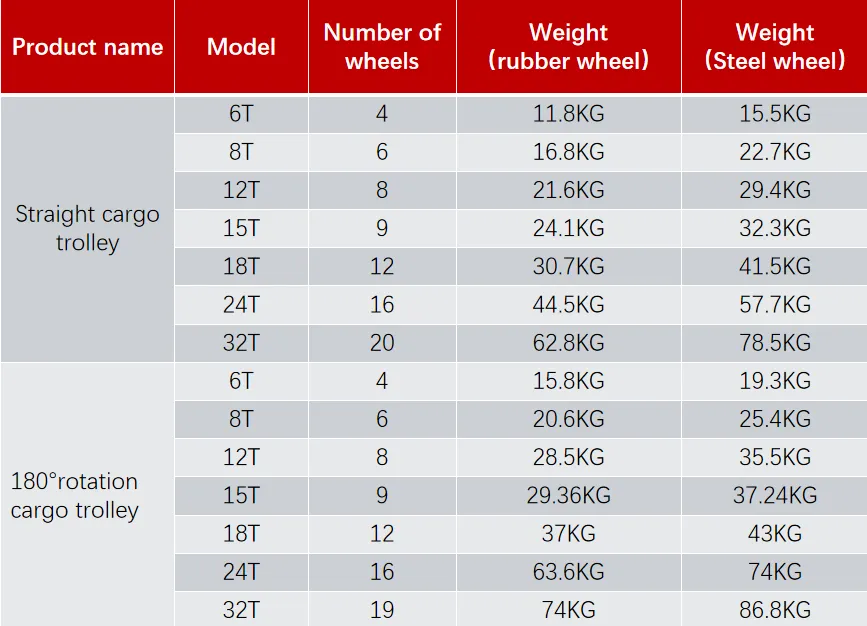Innovative Design of Yard Gantry for Enhanced Efficiency in Logistics Operations
The Significance of Yard Gantries in Modern Logistics
In the dynamic landscape of modern logistics and supply chain management, the yard gantry has emerged as an indispensable component in optimizing the movement of goods. A yard gantry, sometimes referred to as a container gantry crane, plays a pivotal role in enhancing operational efficiency at container terminals and logistics yards. This article explores the functionality, advantages, and future trends associated with yard gantries, offering insights into their significance in contemporary supply chains.
Understanding Yard Gantries
A yard gantry is a specialized crane system used primarily for the movement and stacking of shipping containers within a container yard
. These structures are typically large, mobile cranes that can traverse the yard on rails, allowing them to access different areas where containers are stored. Equipped with heavy-duty lifting gears, yard gantries can stack containers vertically, optimizing space utilization and enabling efficient turnaround of shipping operations.The design of a yard gantry is crucial for its functionality. It consists of several key components, including the gantry frame, hoisting mechanism, and spreader. Operators use the spreader to securely latch onto containers, lifting them vertically for placement onto trucks or stacking in designated storage areas. This flexibility makes yard gantries essential in managing high volumes of containerized cargo.
Advantages of Yard Gantries
1. Space Optimization One of the most significant advantages of yard gantries is their ability to maximize space in logistics yards. By stacking containers vertically, these cranes allow for the efficient use of available land, which is particularly valuable in busy ports where real estate is expensive.
2. Increased Efficiency Yard gantries streamline operations by significantly speeding up the process of loading and unloading containers. Their mobility allows them to quickly reposition and transfer containers, reducing idle times and logistic delays. This efficiency results in quicker turnaround times, which is critical in meeting tight shipping schedules.
3. Safety and Reliability Modern yard gantries are equipped with advanced safety features, including load sensors and automated controls, which minimize the risk of accidents. By automating the movement of containers, the potential for human error is significantly reduced, ensuring that operations are not only more efficient but also safer for workers.
yard gantry

4. Adaptability to Automation As the logistics industry increasingly turns towards automation, yard gantries are becoming integral to automated terminal solutions. Automated yard gantries can operate with minimal human intervention, increasing reliability while reducing labor costs. These automated systems can also enhance the tracking and management of containers, driving data-driven decision-making.
Future Trends
The evolving landscape of technology in logistics is paving the way for advanced yard gantry systems. Some of the trends that are shaping the future of yard gantries include
- Integration with Internet of Things (IoT) IoT technology can facilitate real-time tracking of container movements and equipment status. This connectivity will improve operational efficiency by providing real-time data analytics, predictive maintenance, and enhanced inventory management.
- Sustainability Initiatives With an increasing focus on sustainability, manufacturers are designing yard gantries that utilize cleaner energy sources, such as electric or hybrid systems. This shift aims to reduce the carbon footprint of terminal operations and align with global sustainability goals.
- Enhanced AI Capabilities The integration of artificial intelligence is enabling more intelligent crane operation systems that can optimize lifting schedules based on real-time traffic and storage patterns, further increasing efficiency and reducing wait times.
Conclusion
Yard gantries are essential in shaping the future of logistics and supply chain management. Their ability to optimize space, enhance operational efficiency, improve safety protocols, and adapt to technological advancements cements their role as critical assets within the industry. As logistics operations continue to scale and evolve, yard gantries will remain at the forefront, driving innovation and transforming the way goods are managed and transported worldwide. Understanding these advancements is vital for stakeholders seeking to navigate the complexities of modern logistics successfully.
-
Permanent Magnetic LiftersNewsNov.01,2024
-
Operations with an Adjustable CraneNewsNov.01,2024
-
Machine Moving SkatesNewsNov.01,2024
-
Industrial Lifting MagnetsNewsNov.01,2024
-
Effective Machinery MovingNewsNov.01,2024
-
Adjustable Gantry CraneNewsNov.01,2024
-
Unlock the Power of Lifting with Permanent Magnetic LiftersNewsOct.11,2024
